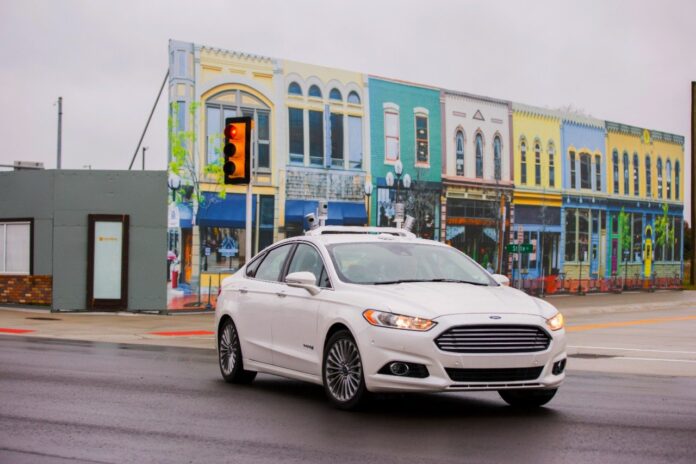If CES provides any insight as to the direction of the automotive industry, the vehicles of the future are getting closer to reality as a ubiquitously connected, data-rich and self-driving experience. Toyota, Ford, Volvo and Fiat all announced expansions to their connected car programs at the Consumer Electronics Show, ranging from in-car entertainment to far-reaching big data analytics from wirelessly connected vehicles.
Toyota said that it was accelerating its connected car initiatives by installing a Data Communication Module into more vehicles, starting in 2017, to connect more vehicles and provide emergency notifications as a standard feature activated by airbag deployment. The company is creating a Toyota Big Data Center to analyze and process data from its DCMs as well as to launch connected car services “under high-level information security and privacy controls,” the company said. Although the DCMs currently vary by region and country, Toyota plans to develop a uniform approach by 2019.
Toyota also said that it will develop smartphone middleware that relies on vehicle data, in partnership with UIEvolution, so that the data can be used by authorized third party service and application providers.
Meanwhile, Ford plans to triple its fleet of self-driving Fusion Hybrid research cars this year, aiming to have the largest autonomous fleet among automakers, with about 30 vehicles to be roaming urban and suburban streets in California, Michigan and Arizona. The company had previously announced that it would start road tests in California, and it was the first to utilize the new MCity test facility at the University of Michigan with a fully-autonomous vehicle.
The ecosystem of players and brand touch points continues to expand as well. Fiat Chrysler announced that its fourth-generation UConnect system will support both Apple Carplay and Android Auto — that option will be available in some models this year, and the company is demonstrating concepts of predictive technology and vehicle-to-x communications at CES this week. Ford also said that it is working to integrate its Sync system with Amazon’s Echo, with the aim of voice control that would allow drivers to not just access their vehicles but other smart home devices such as garage doors and alarm systems.
Anticipating a time when drivers won’t have to keep their eyes glued to the road because the car is driving itself, Volvo and Ericsson are focusing on better streaming services with more consistent quality of experience.
“Our research shows that almost 70 per cent of all mobile data traffic will be from video in the coming years. This requires an innovative connectivity, cloud and analytics solution that is not only capable of serving multiple moving vehicles across a highway, but also has the capacity to provide the high quality, uninterrupted video service today’s consumer is accustomed to,” said Claes Herlitz, head of automotive services at Ericsson, in a statement.
Strategy Analytics said in a report late last year that connected vehicles have the potential to enhance consumers’ relationship with automotive OEMs, particularly in terms of the data that connected vehicles can provide to their drivers and passengers and that owners are interested in knowing and sharing with dealerships.
Chris Schreiner, director of user experience innovation practice at Strategy Analytics, commented at the time that “the challenge for OEMs when providing these services is to increase user awareness and make it easy for the consumer to receive and access the information. The more pertinent the information provided, the more likely that consumers will be connected to their cars when outside of them.”

